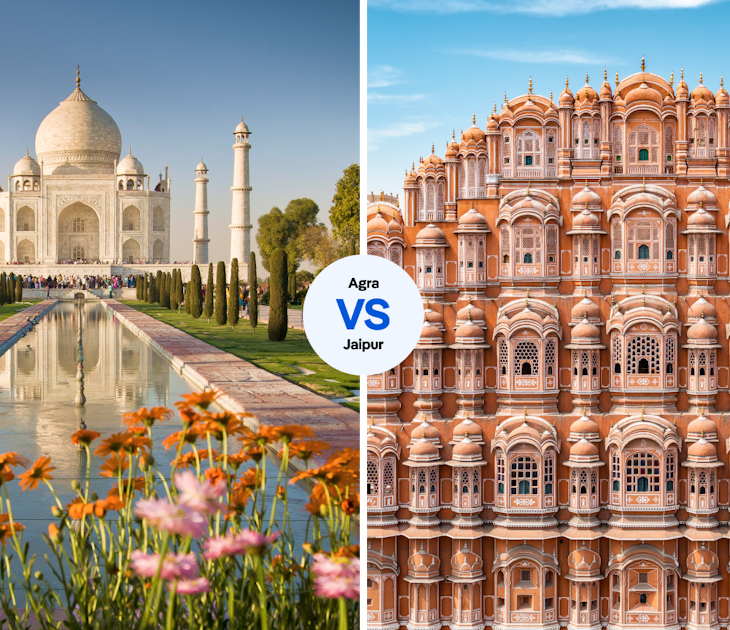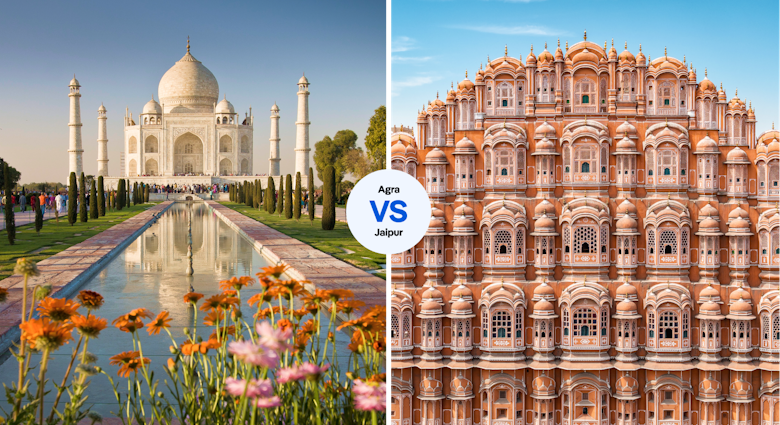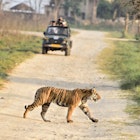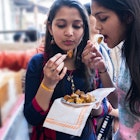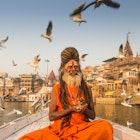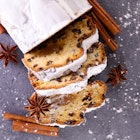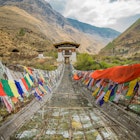What is it with India and colour? From deity-filled temples to rainbow-hued saris, India’s colours are vivid and supersaturated. But the palette goes into overdrive once a year for the festival of Holi in the Hindu lunar month of Phalguna – falling on 9-10 March in 2020 – when most of the country is drenched in coloured powder.
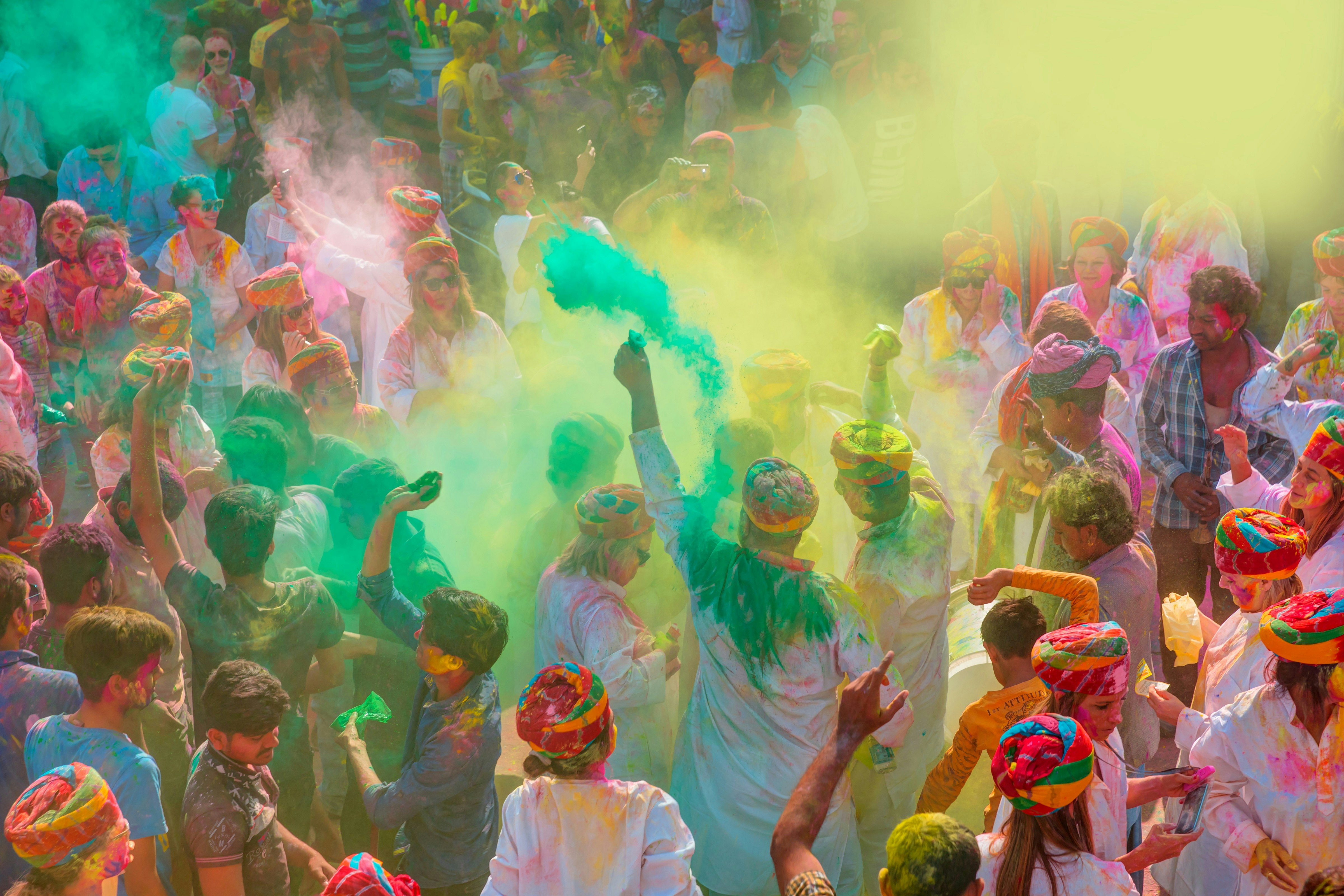
For those brave enough to venture into the streets when the gulal (powder) starts flying, Holi represents one of the world’s most immersive – and striking – travel experiences, a chance to dive into India’s captivating Hindu culture and feel, first hand, the fascinating sense of belief that makes this country tick.

What is Holi?
For Hindus, Holi marks the ultimate battle between good and evil, when the demoness Holika tried to murder her devout nephew, Prahlada, in a funeral pyre. Through the power of devotion, Prahlada was saved from the flames, but Vishnu ensured that Holika came to a fiery end. The first night of the Holi celebrations is marked by ceremonial fires, commemorating the legend.
Vishnu also took on Holika’s evil brother, Hiranyakashipu, who’d been granted special protection by Brahma. As Hiranyakashipu could not be killed by man or beast, indoors or outside, by day or night using any weapon, Vishnu assumed the form of Narasimha – half man, half lion – and disembowelled the demon, at dusk, on the threshold of his house, with his bare hands, neatly sidestepping all these caveats.
For all the blood and guts, the legend is there as an allegory for how easily human beings succumb to vanity and greed, and the challenges and rewards of maintaining faith. You’ll see carvings of the disembowelling of Hiranyakashipu all over India as a reminder to the faithful.

How do you celebrate Holi?
Nobody escapes when Holi comes around. Anyone who ventures into the streets gets doused with water and coloured powder, as the country turns yellow, blue, red, green, pink and purple. For visitors, it can all look a little like a playground paint fight, but there’s a strong spiritual element to this technicolour free for all.
Each of the colours tossed around has a powerful symbolism for Hindus. Blue represents the skin of Krishna, water, and spiritual growth. Green is the colour of virility, symbolising new life, and the forests where Rama spent his time in exile. Red is the colour of love, passion and fertility, hinting at the sindoor mark worn by married women. Yellow signifies the sun, and the robes of Vishnu. Pink represents compassion; purple hints at the mystery of the divine.
According to legend, the ritual of throwing coloured powder was kicked off by Krishna, the mischievous incarnation of Vishnu, in the meadows of Vrindavan near Agra. But today the activity is undertaken all over India, with dhol drummers providing a pulsing soundtrack that adds to the carnival atmosphere.
Prepare for a makeover
The key rule of Holi is that you will get soaked in colours, whether you’re actively participating in the celebration or not… And Holi pigments can stain, even if locals insist they won’t. Many people buy some cheap clothing that they can write off after the festival; a kurta Punjabi (long cotton shirt for men) or a salwar kameez (shirt and trousers for women) is perfect for the occasion. Choose a white outfit and you’ll finish up looking like an abstract, modern art masterpiece.
Be warned that the synthetic chemicals used for Holi pigments can cause a skin reaction. If you have sensitive skin, seek out a high vantage point and watch the festivities from above, minimising the chances of a dousing. If you dive in, wear sunglasses to keep the colours out of your eyes, and don't carry any tech that will suffer if it gets damp (or keep it inside a ziplock bag).
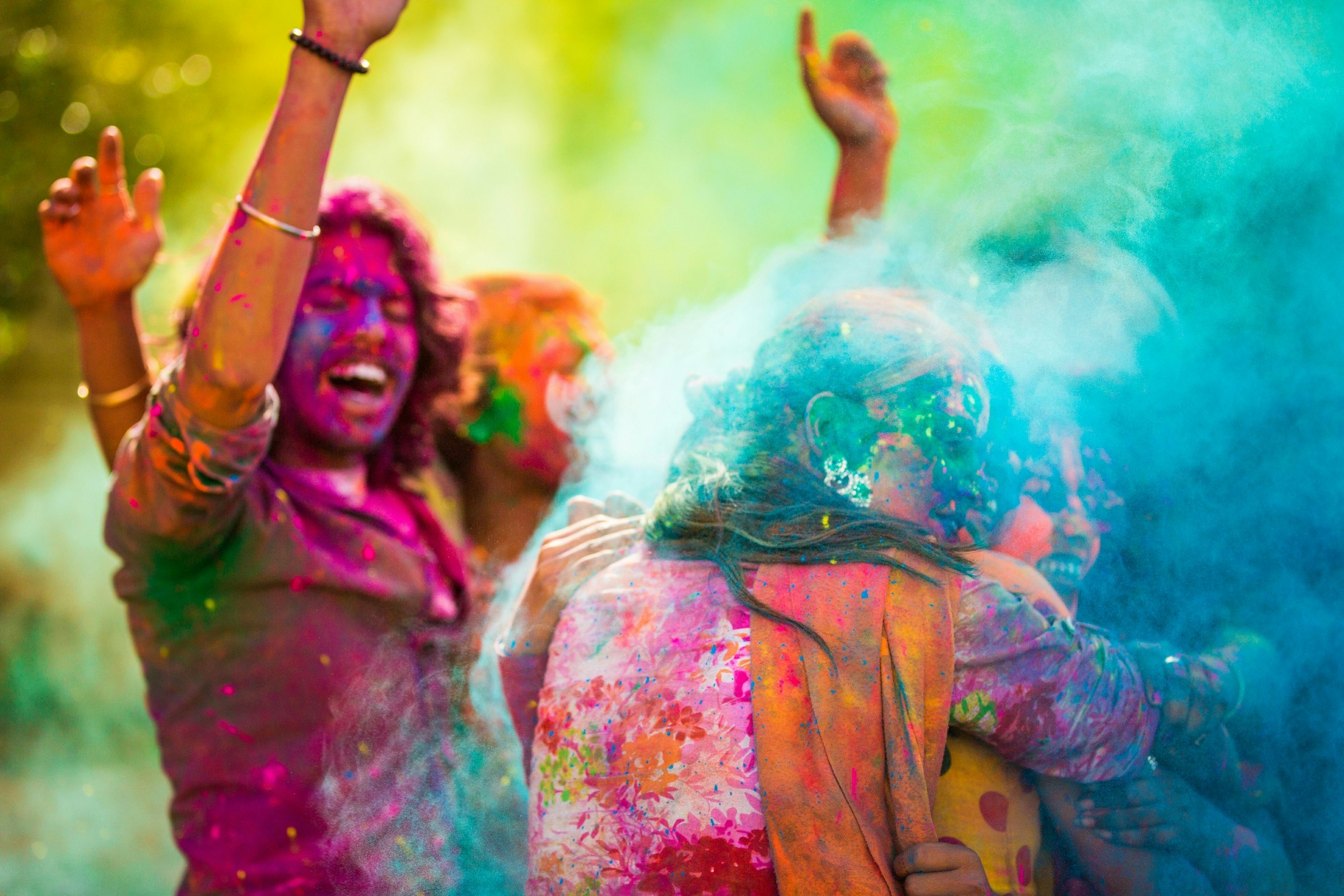
Is Holi safe for women?
Indian women enthusiastically join in the Holi celebrations, but the festival, regrettably, has a reputation for sexual harassment, often passed off as innocent fun by male festival goers. Many revellers are emboldened by alcohol and bhang (cannabis), and wandering hands are common in crowds. Solo women travellers are likely to get more hassle than women travelling with a male companion.
Local women often avoid the general melee at street level to minimise the risk of unwanted physical contact, viewing the celebrations instead from a balcony or doorway. As well as having more control over your personal space, you’ll have a superior vantage point for taking photos, particularly if you have a long camera lens. Opting to celebrate Holi in smaller towns, rather than in the scrum of big city streets, can also minimise unwanted attention.

Holi’s festive treats
Festival time brings special dishes to the table. Wherever people gather look out for gujiya (flaky pastries stuffed with milk curds and dried fruit) and malpua (sweet pancakes served with spiced, reduced condensed milk). Savoury snacks such as dahi vada (lentil fritters in yoghurt) are also eaten with gusto.
Be wary, however, of bhang ladoos (sweets) and bhang thandai (spiced almond milk), both prepared with cannabis. The drug is semi-legal during religious celebrations, but strength is impossible to gauge, and travellers have been involved in accidents or worse while under the influence.

Where should I celebrate Holi?
Every part of India has its own take on the Holi celebrations. To get the best out of Holi, point your compass towards the following lavish festivities.
Mathura & Vrindavan
India’s most colourful Holi celebrations (and that’s saying something!) take place in the towns of Mathura and Vrindavan, where Lord Krishna spent his formative years cavorting with milkmaids. Vrindavan’s Banke Bihari Temple is the focal point for some of the most enthusiastic powder throwing in all of India.
Barsana & Nandgaon
In the villages of Barsana and Nandgaon in Uttar Pradesh, Holi morphs into Lathmar Holi, starting two days before the main Holi celebrations. In this curious reinvention of the Holi tradition, women ceremonially 'beat' the menfolk of the village with wooden staves, before the usual colours fly.
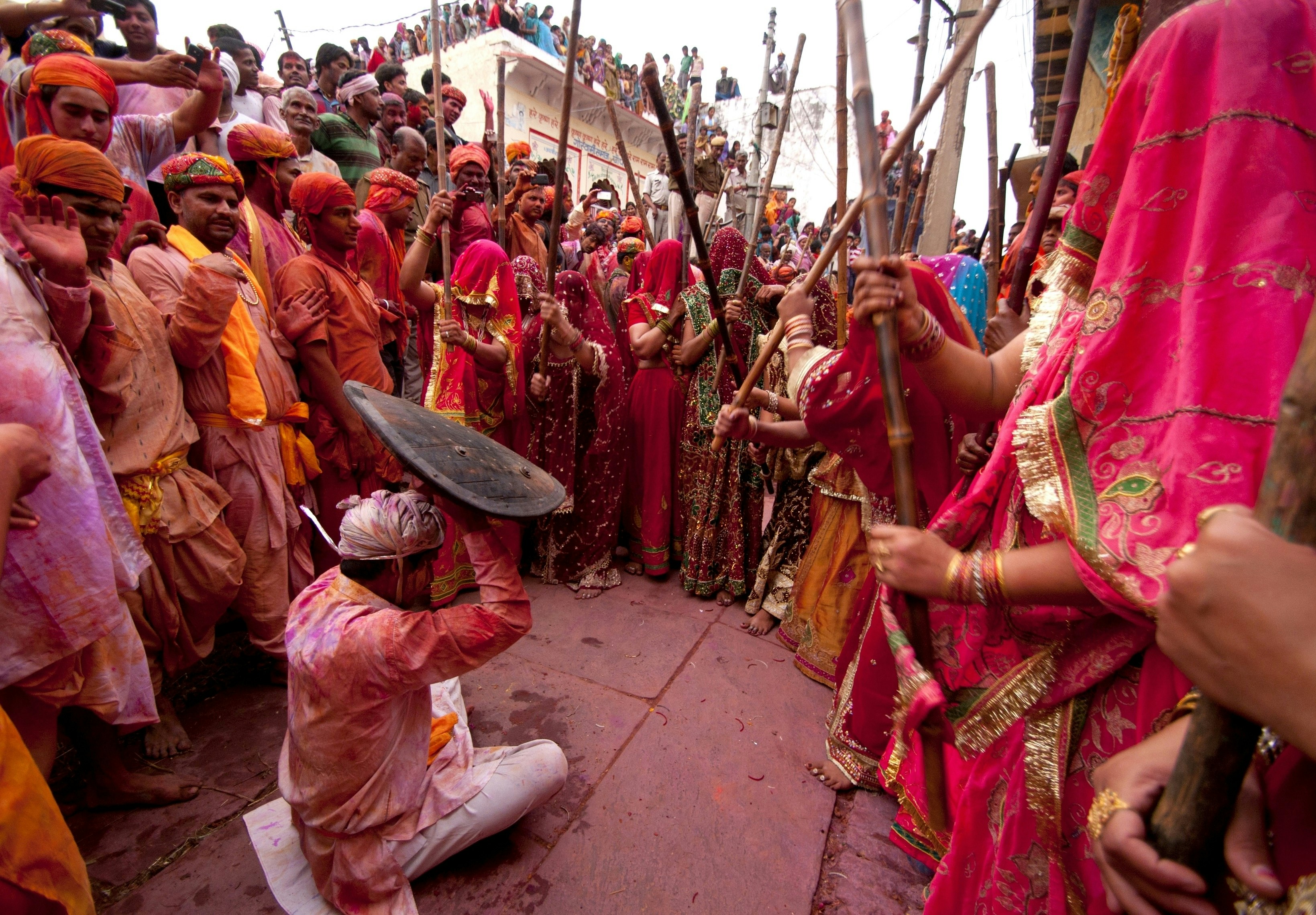
Anandpur Sahib
This holy town in the Punjab celebrates Holi alongside Hola Mahalla, a festival conceived at the height of the Mughal empire to raise morale amongst the oppressed Sikh people. This is a time for readings of Sikh poetry, mock battles and displays of prowess with sacred weapons, as well as the usual Holi shenanigans.
Goa
Goa’s Catholic reputation is overstated; the state is 66% Hindu, and Holi – celebrated locally as Shigmo – is a highlight of the festival calendar. Rather than powder throwing, parades and dances in colourful costumes are the main attraction, though a fair amount of pigment gets tossed around as well.

Shantiniketan
This West Bengali cultural institution is the place to come for a more dignified Holi, as performers put on animated shows of music, dance and drama for Basant Utsav, a festival conceived by India’s national poet, Rabindranath Tagore. Here, coloured powder takes second place to iridescent costumes and make-up. Most years, the fair begins the day before Holi.
Delhi, Jaipur & Mumbai
These three big Indian cities are probably the best places to come to see the urban version of Holi, where normal life seizes to a halt and citizens embark on a city-wide play fight with water and coloured pigments. On one level, it’s carnage, but the atmosphere is unparalleled.
You might also like:
Five tips for India first-timers
How I finally found home in Mumbai and why I love this city
India's most beautiful stepwells and how to visit them


